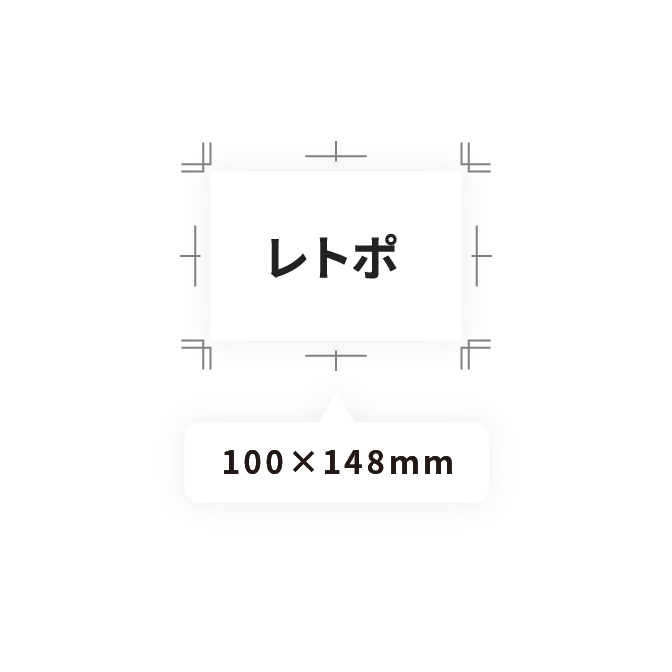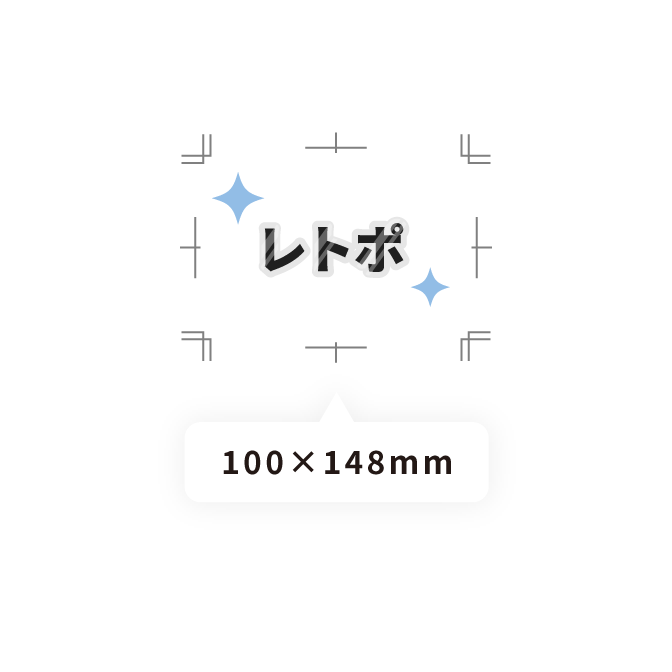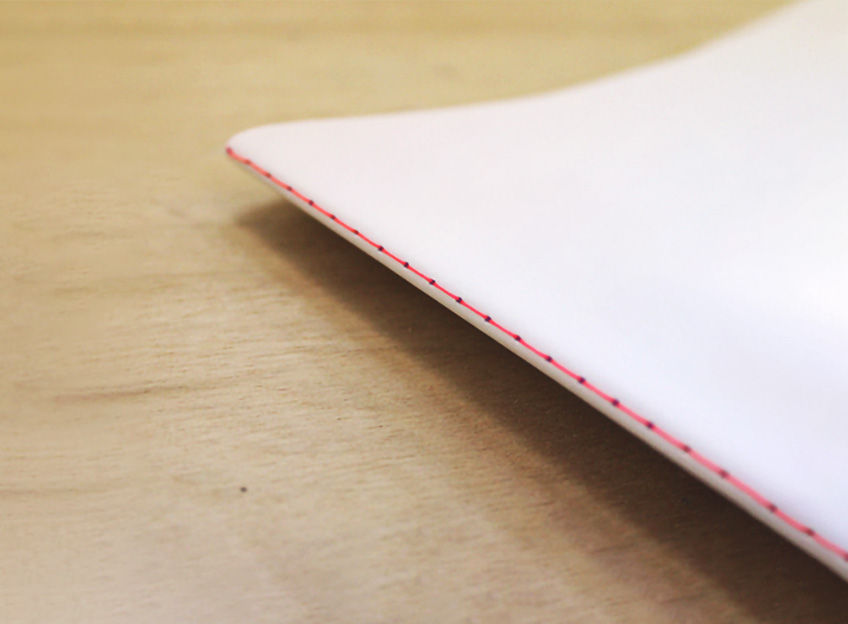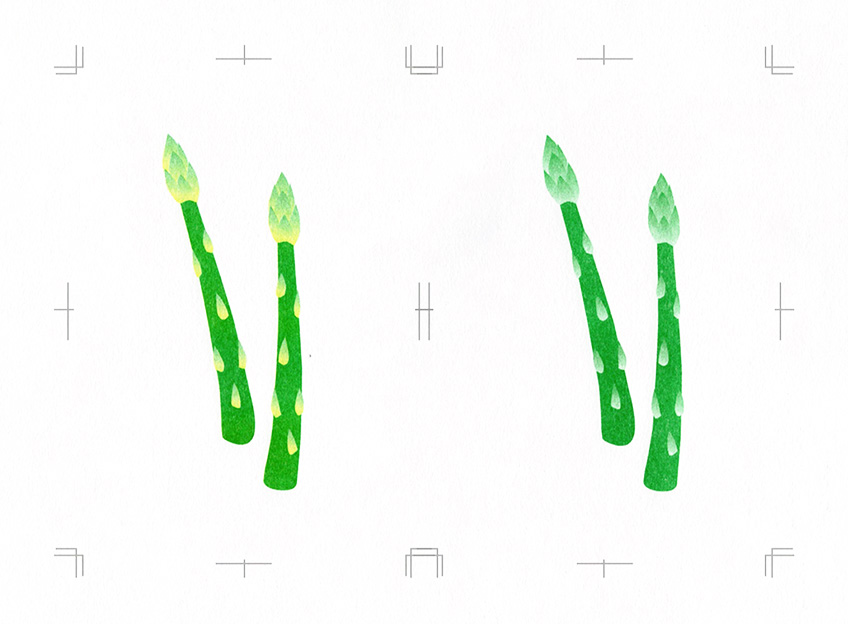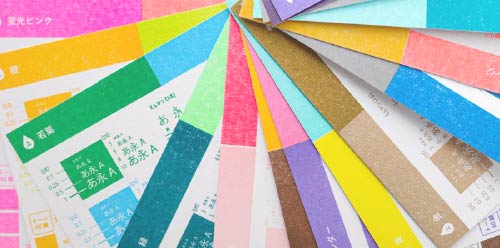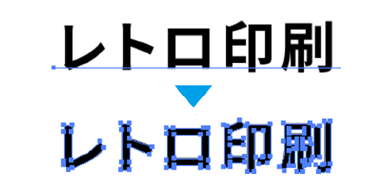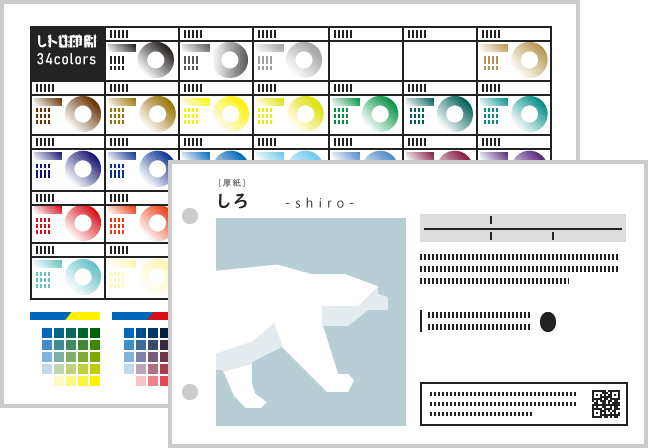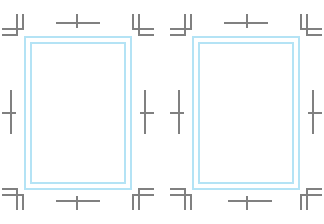About RETRO INSATSU
“mis-registration” ”smudging” ”inconsistent ink coverage” “color mixing” “ink rubbing off”…
Qualities usually taken as imperfections are what makes Retro INSATSU unique!
Contact Us │ About RETRO INSATSU │ How to prepare files
What is Retro INSATSU?
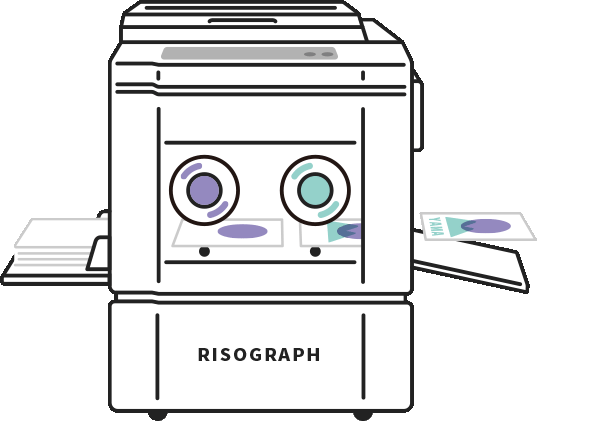
Retro INSATSU is a Risograph printing process, a type of stencil printing, akin to screen-printing
With stencil printing processes, colors are layered one at a time, using one stencil for each color. Retro INSATSU is achieved with a “digital stencil printing machine” known as Risograph printers.
Because of its simple technology, prints will come with imperfections, including mis-registration, ink smudging and inconsistant coverages, which result in an analogue touch as if they were hand-printed. Although the process may not be suitable for prints which require perfection and precision, printing with Risograph is full of surprises and is distinctive from other mainstream printing processes.
How Risograph works
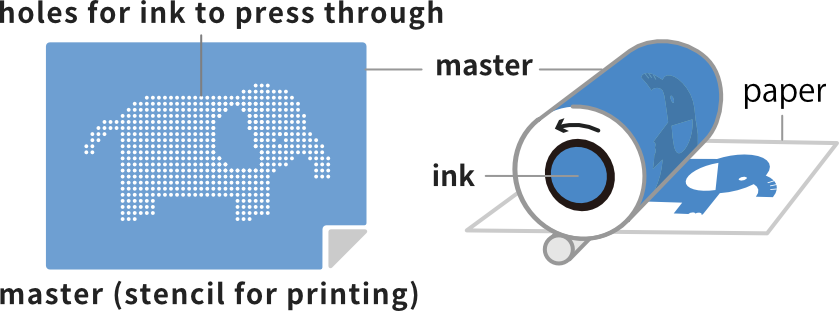
What becomes the stencil for printing is called the “master” and is made from a thin sheet of film glued to Washi (Japanese paper). The master is first wrapped around the ink drum, onto which holes are burnt based on the image to be printed.
When the drum rotates, the ink is pressed through the holes in the master, creating a unique impression onto the paper.
Preparing your files
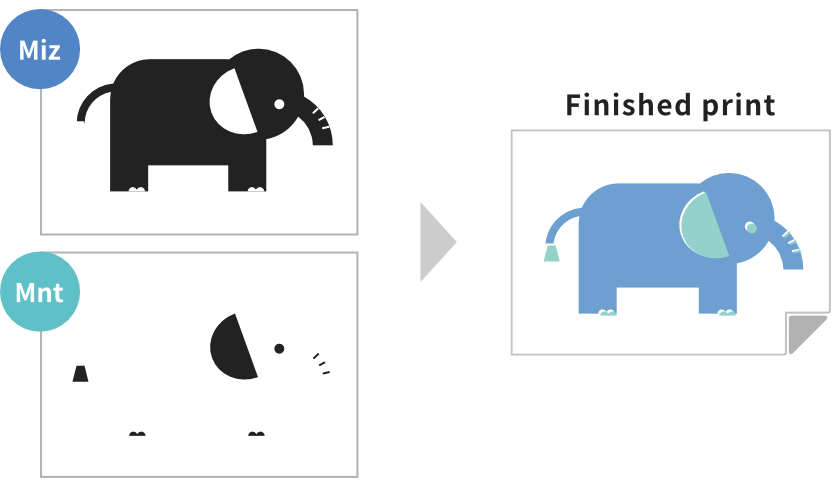
With Risograph, color files cannot be printed.
Like other printmaking techniques, files need to be separated into individual grayscale images for each color that is to be printed. Separating images may seem complicated at first, however once your image is in grayscale, you can easily print the same image with different colors, and this is one of the attractive features of Risograph printing.
Be creative and have fun with colors!
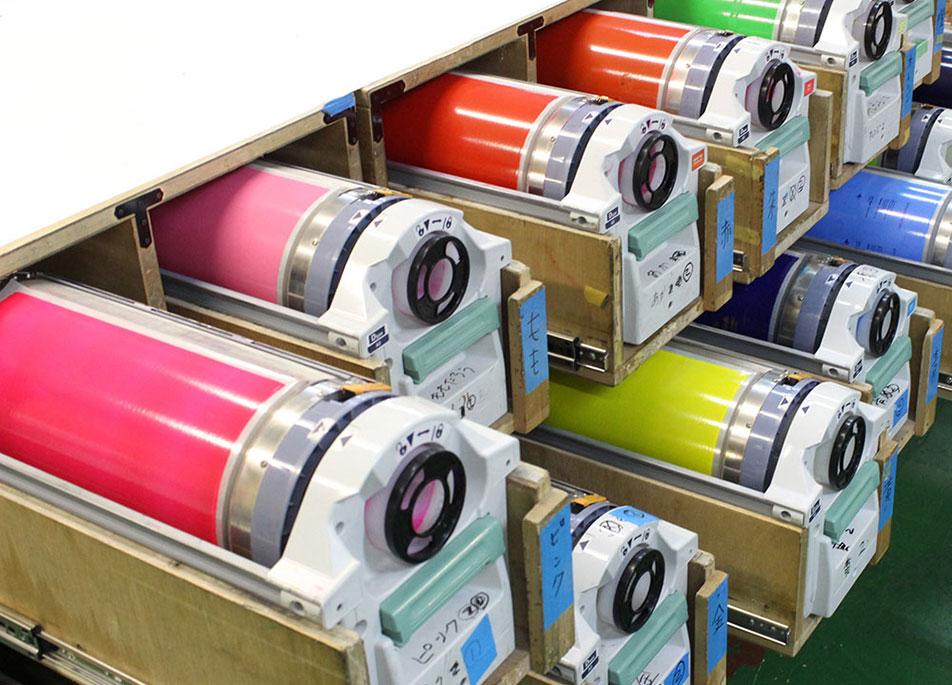
Stencil printing is different to a normal full-color printing process. Instead of reproducing colors by layering CMYK (cyan, magenta, yellow, black), one ink is selected for each image and printed one by one, which is why the colors come out so vibrant.
Plus the matt texture of the ink printed on paper, gives a retro and warm finish.
Fluorescent and pastel inks, usually charged with an additional spot color fee when ordering offset printing, can be used at the same price at Retro INSATSU.
どうして
印刷がズレるの?

The little unreliable “master”!
How does “random mis-registration”, a major feature of Retro INSATSU, occur?
The “master” is made from a thin material, a combination of Washi (Japanese paper) and film. When transferring ink onto paper, the master slightly shifts depending on the ink’s consistency and from the impact of paper being fed. This is why registrations will vary for each print and will not be perfect. The number of holes in the master from which the inks will pass through depends on the image to be printed. Masters with multiple holes are weaker and easy to stretch, whereas those wih fewer holes are less likely to stretch. Such subtle differences are also the cause for mis-registration.
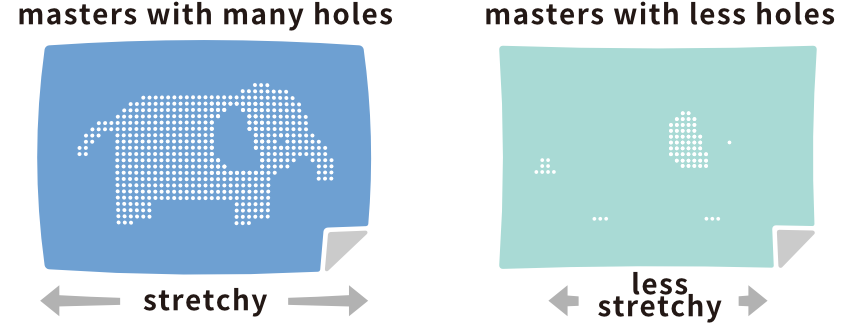
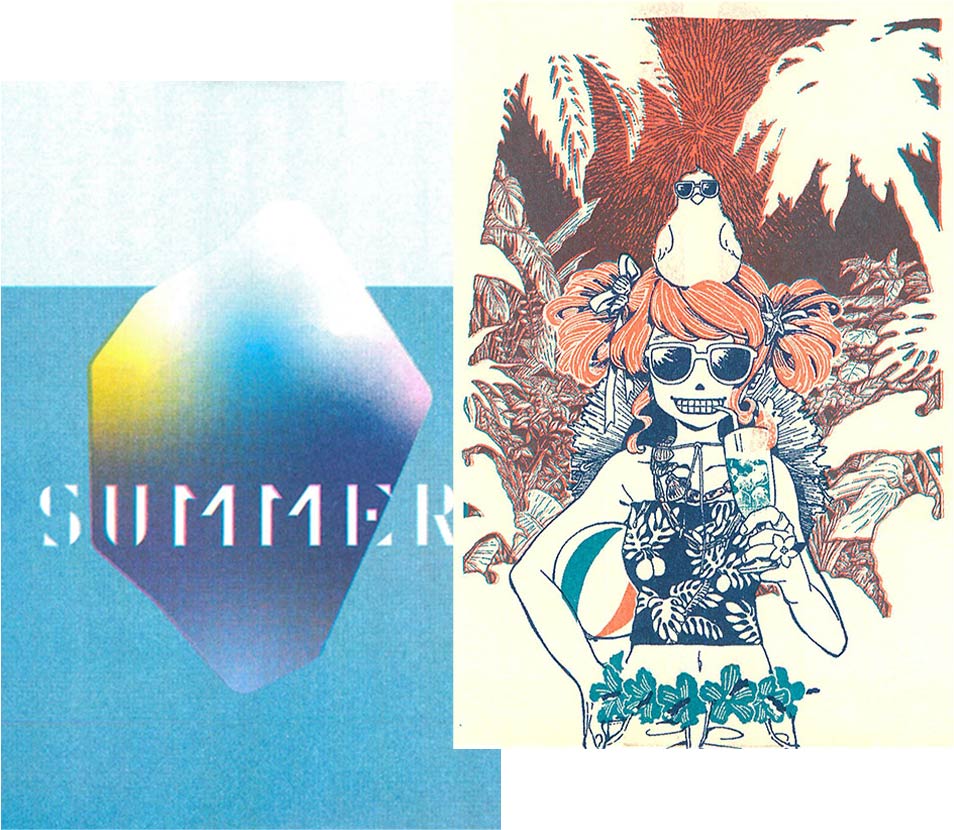


Paper deformation
When absorbing ink, varying on the coverage and amount, the paper itself undergoes minor deformations. Especially for designs with solid surfaces, the paper will deform by absorbing heavy ink, resulting in a high possiblity of mis-registration to occur.
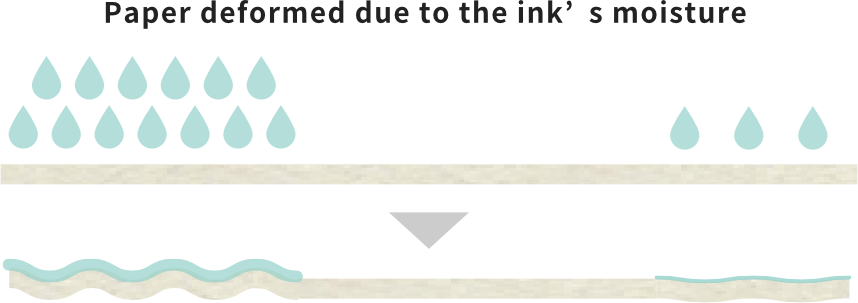
ムラになったり。
かすれたり、

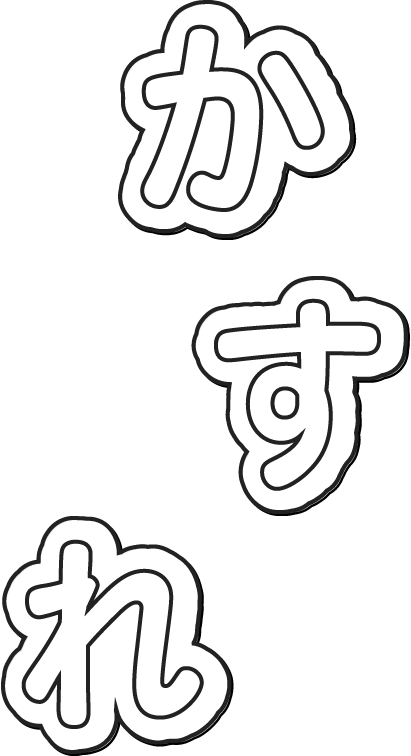
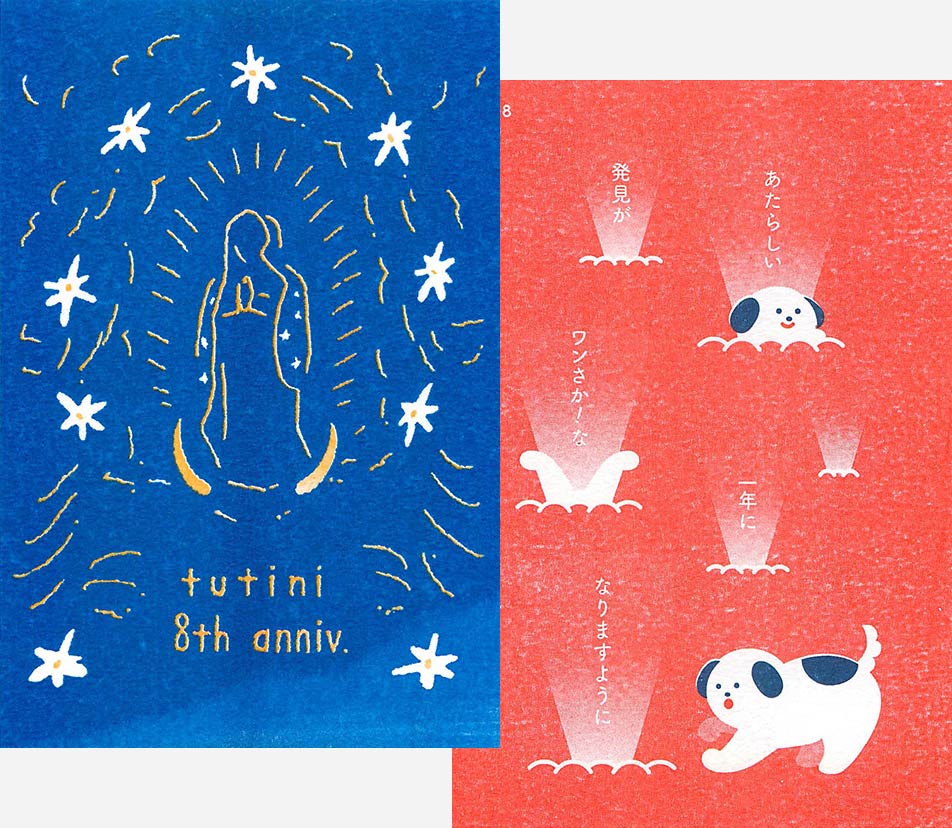


Perfect inks to create an analog look
Retro INSATSU uses half water-soluble “emulsion inks”, comprised of a mixture of “oil”, “water” and “pigment”.
When printed, the water is separated from the oil, which eventually evaporates, leaving the oil and pigment to stay on the surface. Because the water in the ink is soaked into the paper, outlines on printed areas may blur. Also uneven ink coverages may occur when the master is peeled off from the paper.
Furthermore when printing on rough surfaced papers, the ink will not spread evenly, resulting in inconsistent / faint areas. Prints are not too sharp and so work great with original drawings made with watercolors and pencils. Of course, they work perfectly well with digitally created illustrations too, adding a distinctive quality.
混色したり、
手についたり。

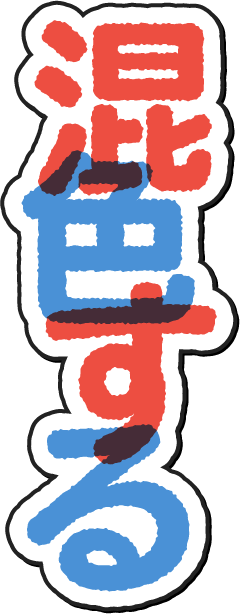

Experimenting with color mixing
Areas where inks overlap, colors will blend just like painting with watercolor. For example K-P (Flourescent pink) and Miz can be layered to create a bright purple and Ki and Miz to create a striking green. By layering different inks, unique colors are made possible. How the colors mix will depend on the darkness and opacity of each inks, (for example if the ink is Ku or Nk in 100% opacity, it will not be effected as much by other inks). If you would like to prevent colors from mixing, you will need to create knock-out areas where inks will overlap. Please bear in mind, the color of the paper will also affect the ink’s appearance.
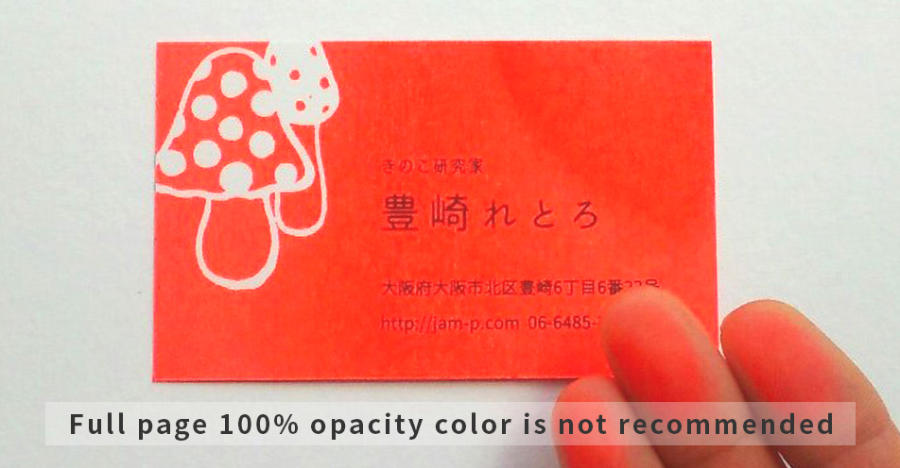
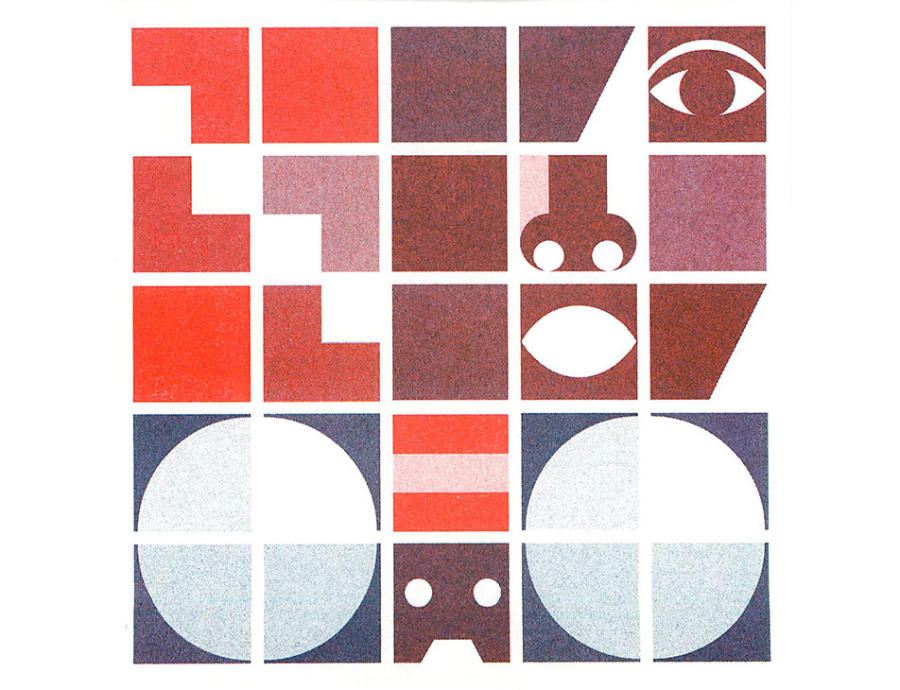

In addition, due to the characteristics of digital stencil printing, the ink never fully dries. For solid areas, rubbing the ink with your finger can result in smudging. Reducing 10~20% of the ink’s opacity will reduce the amount of smudging.
Before ordering with Retro INSATSU
Retro INSATSU is a unique printing process characterized by its uneven and rough finishes
and analog textures which result from them, incluiding features like misregistrations
which are usually regarded as imperfections in normal full-color printing.
Should you have any questions or concerns before placing an order, please feel free to contact us.
We hope you can understand the qualities and have fun with Retro INSATSU.






